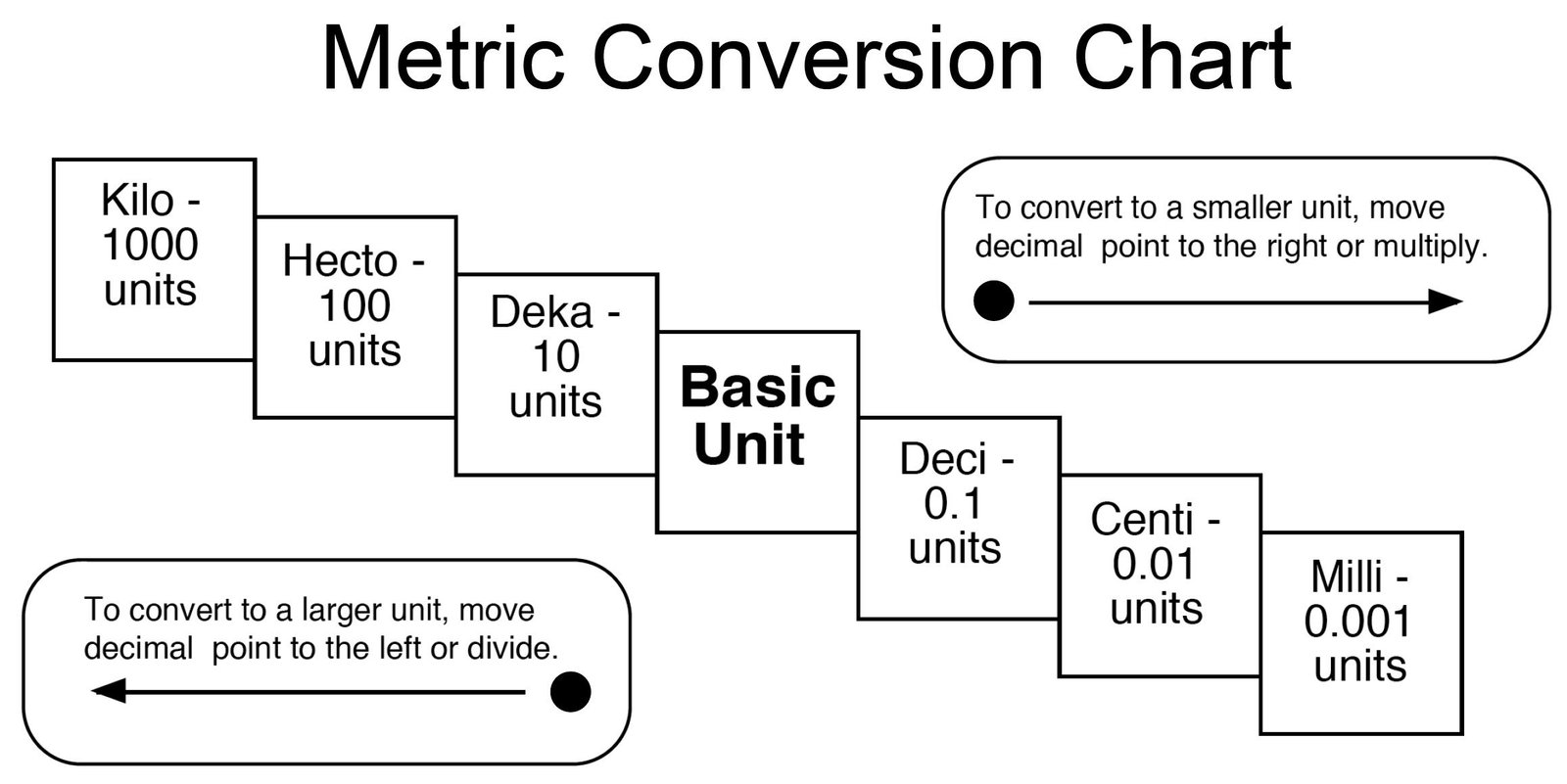
Understanding Area and its Conversion: A Comprehensive Guide
What is Area?
Area is a fundamental concept in mathematics and everyday life. It quantifies the amount of two-dimensional space enclosed within a shape or boundary. Whether you're measuring the size of your living room, calculating the land area of a farm, or estimating the surface area of a lake, understanding area is essential.
Common Units of Area
Various units are used to measure area, depending on the size and context. Some of the most common units include:
- Square Feet (sq ft): A common unit for measuring the area of homes, rooms, and buildings in the United States and other countries using the imperial system.
- Acres: Primarily used for measuring land area, particularly in agriculture and real estate. One acre is equal to 43,560 square feet.
- Square Meters (sq m): The standard unit of area in the metric system, widely used in many countries and scientific contexts.
- Hectares: Used for measuring larger land areas, particularly in agriculture and forestry. One hectare is equal to 10,000 square meters.
- Square Miles (sq mi): Used for measuring very large areas, such as the size of countries or states.
- Square Kilometers (sq km): The metric equivalent of square miles, used for measuring large areas in the metric system.
Why Convert Area Units?
Converting between different area units is often necessary for various reasons:
- Consistency: When dealing with measurements from different sources or using different systems (imperial or metric), conversion ensures consistency and avoids errors.
- Communication: Converting to a familiar unit helps communicate measurements effectively to others, especially when dealing with international audiences or different professions.
- Practical Applications: Many calculations and applications require specific units. For instance, calculating fertilizer requirements for a field might require converting acres to square feet or hectares.
How to Convert Area Units
Converting between area units involves using specific conversion factors. Here are some common conversion factors:
- 1 acre = 43,560 square feet
- 1 hectare = 10,000 square meters
- 1 square mile = 640 acres
- 1 square kilometer = 100 hectares
- 1 square meter = 10.764 square feet
Manual Conversion
To convert manually, you can use the following formula:
New Area = Original Area x Conversion Factor
Example: Convert 5 acres to square feet:
New Area (sq ft) = 5 acres x 43,560 sq ft/acre
= 217,800 sq ft
Online Tools and Calculators
Several online tools and calculators can simplify area conversion. These tools often provide a user-friendly interface where you can input the original area and select the desired units for conversion.
Here are some helpful online resources:
- Unit Converters: Many websites offer comprehensive unit conversion tools, including area converters. Some popular options include:
- Area Calculation Tools: Some websites specialize in area calculations for specific shapes. These tools can be helpful for calculating the area before converting to different units.
Tips for Accurate Conversion
- Identify the Units: Clearly identify the original units and the desired units for conversion.
- Use Reliable Conversion Factors: Ensure you use accurate and up-to-date conversion factors.
- Double-Check Calculations: Always double-check your calculations or use a calculator to avoid errors.
- Consider Significant Figures: When dealing with precise measurements, pay attention to significant figures to maintain accuracy.
Practical Applications of Area Conversion
Area conversion is essential in various fields, including:
- Real Estate: Converting between square feet, acres, and other units is crucial for property listings, land surveys, and property development.
- Agriculture: Farmers and agronomists use area conversions for tasks such as calculating fertilizer and seed requirements, planning irrigation systems, and estimating yields.
- Construction: Architects, engineers, and contractors rely on area conversions for building design, material estimation, and space planning.
- Environmental Science: Area conversions are used in environmental studies for tasks such as measuring land cover, analyzing deforestation rates, and assessing habitat sizes.
- Geography and Cartography: Geographers and cartographers use area conversions when creating maps, analyzing spatial data, and studying landforms.
Conclusion
Understanding area and its conversion is a valuable skill with broad applications in various fields. By familiarizing yourself with different units, conversion factors, and online tools, you can confidently and accurately convert between area units, enabling you to tackle various tasks and solve real-world problems.